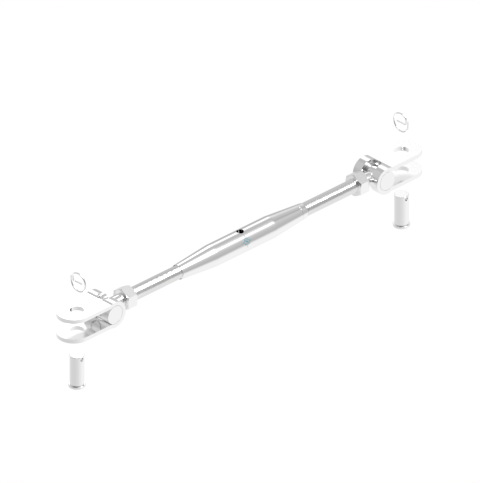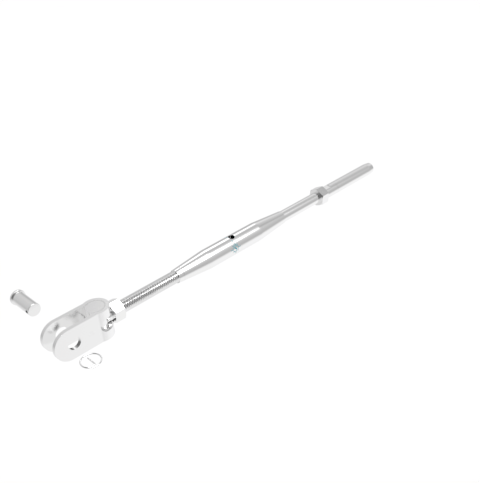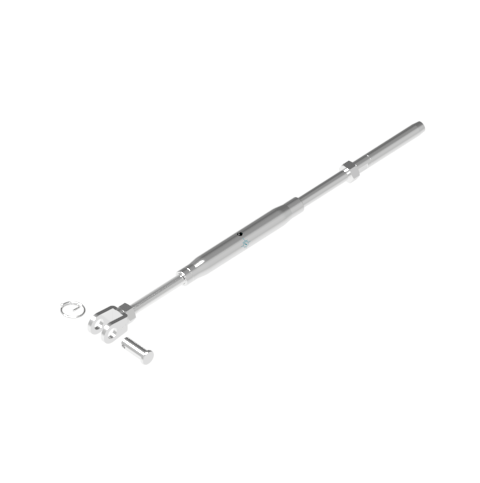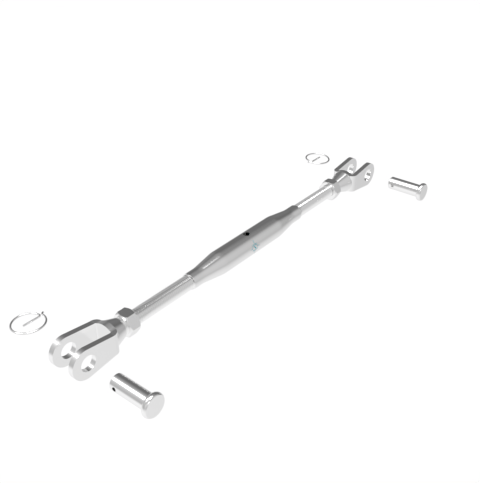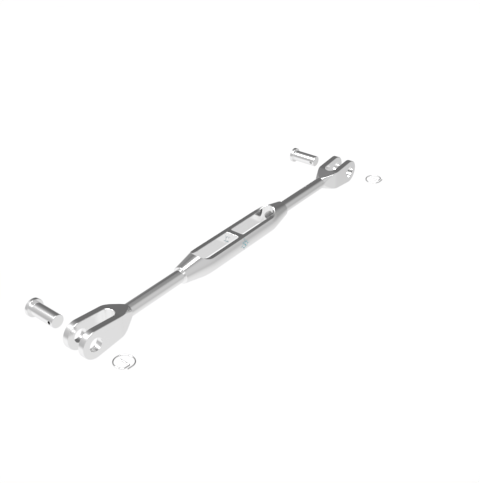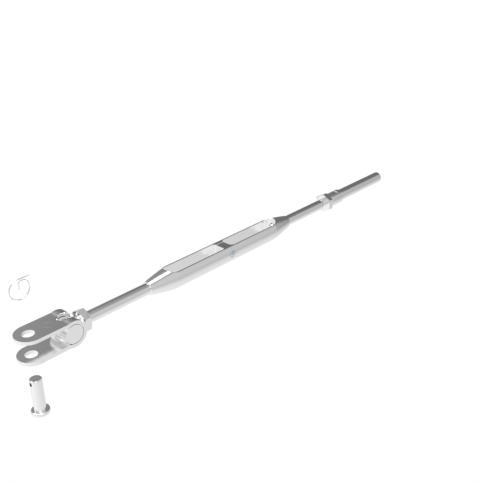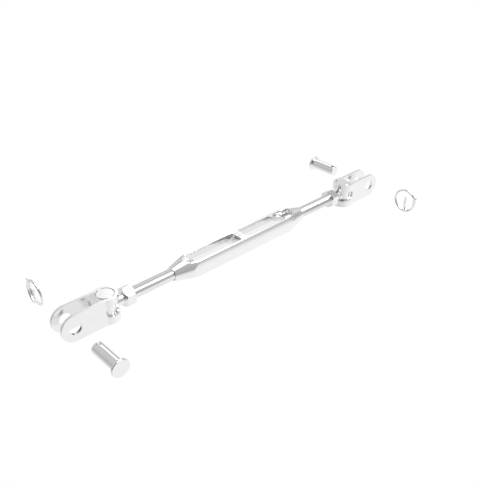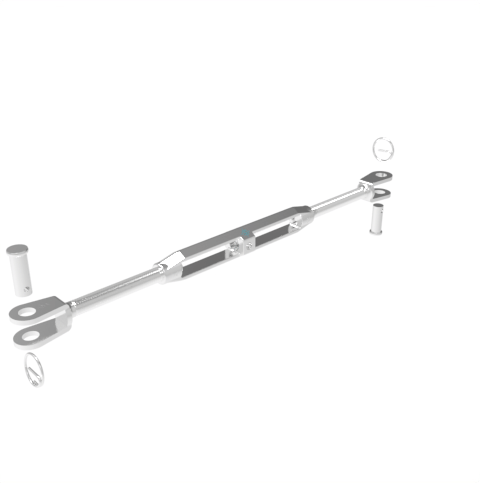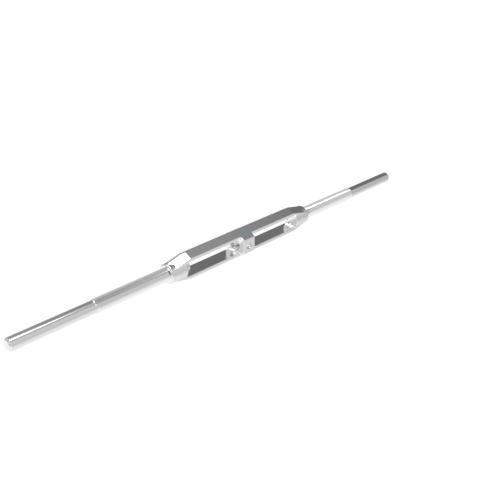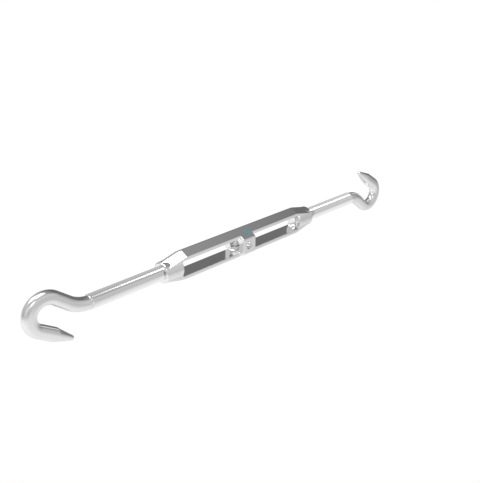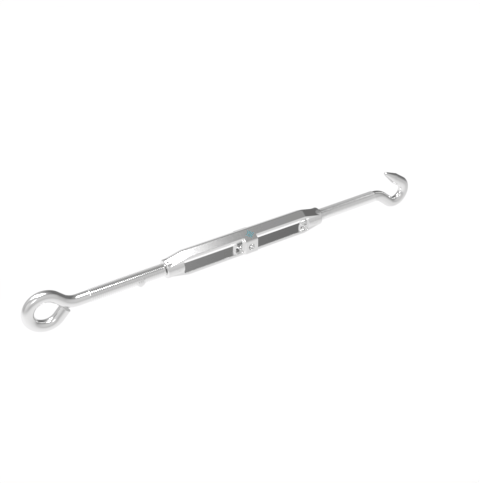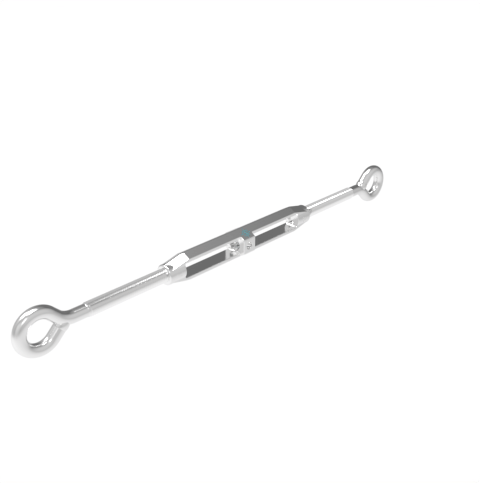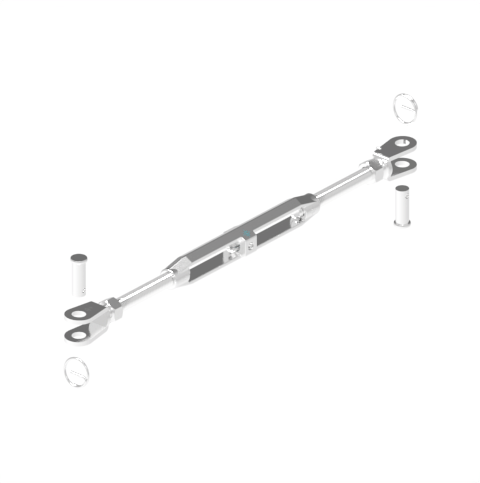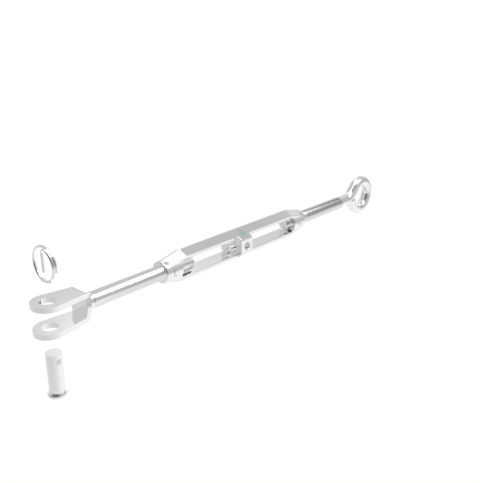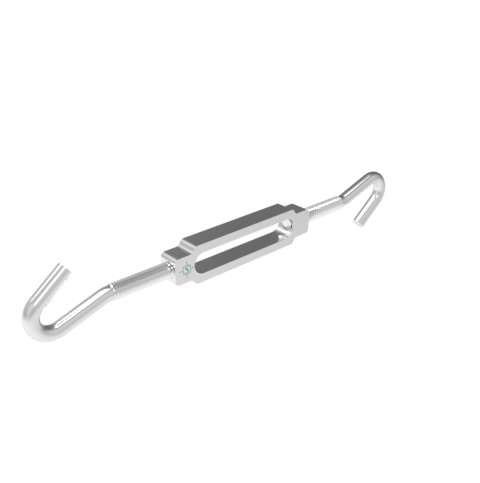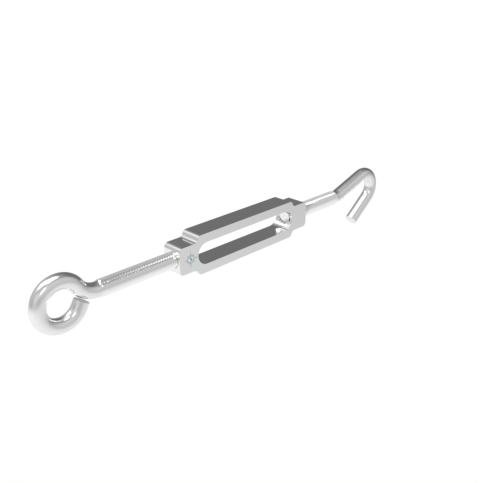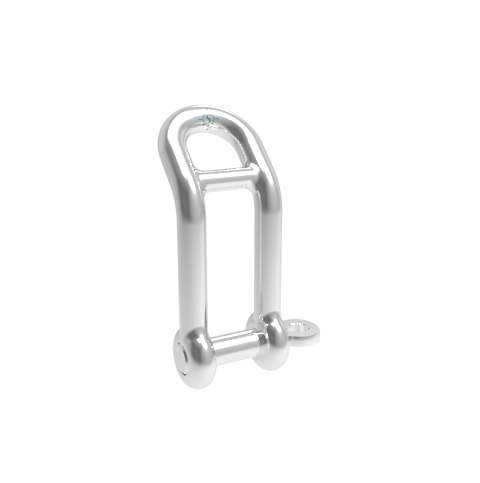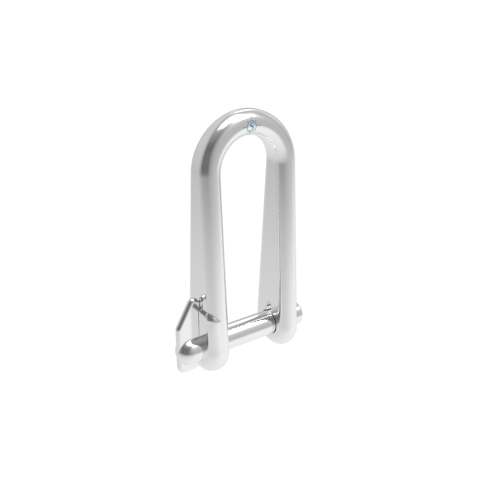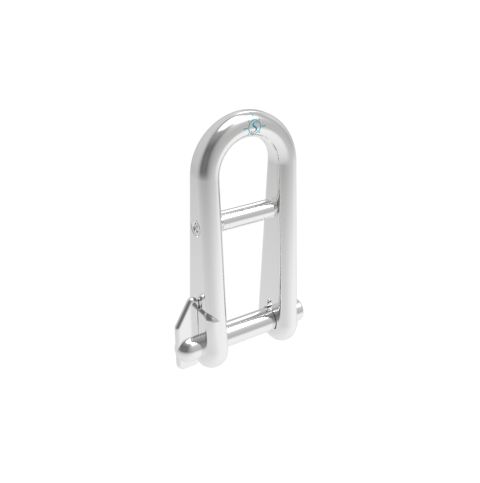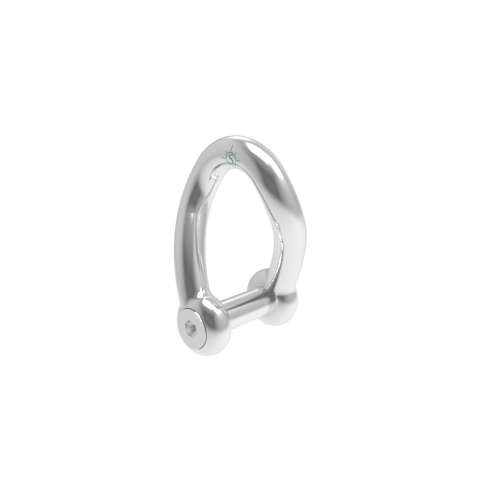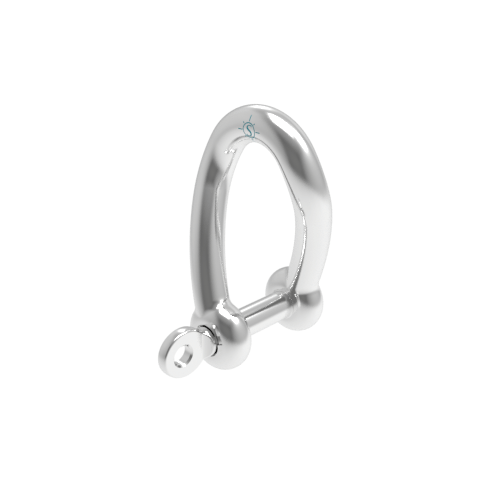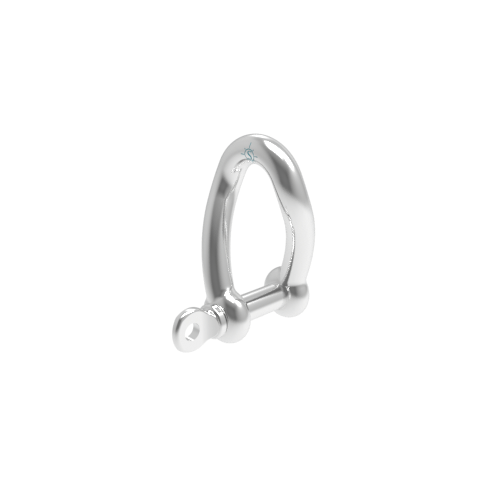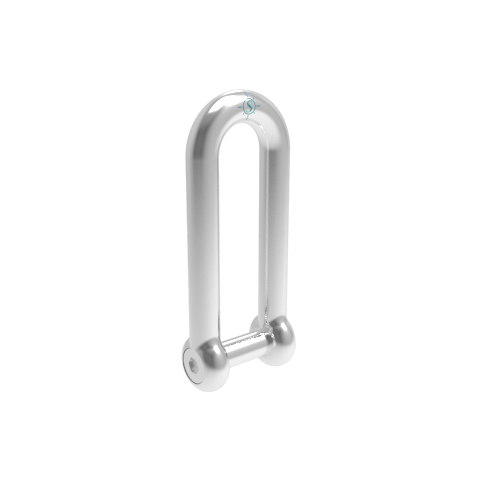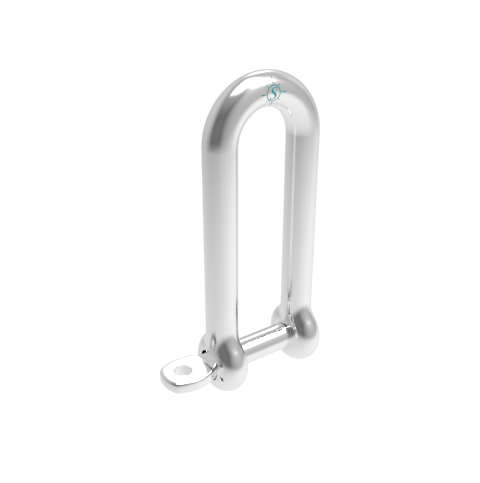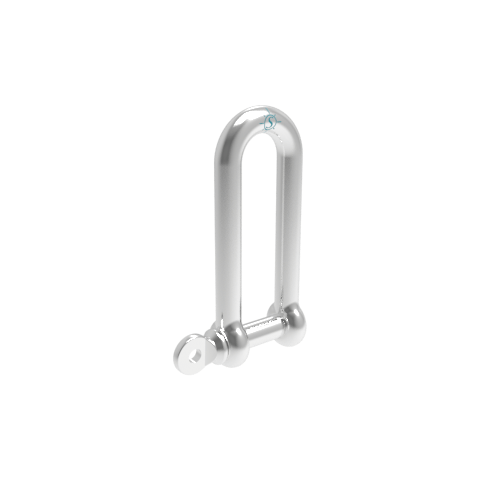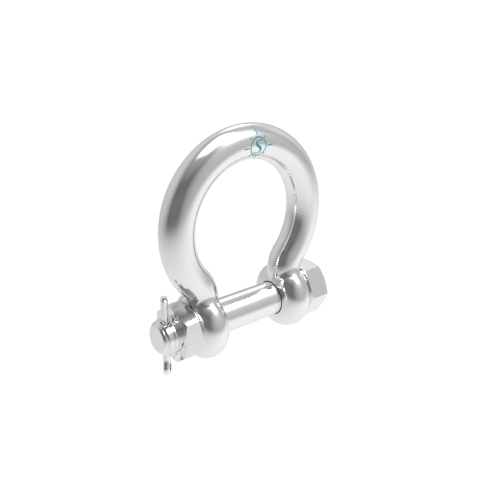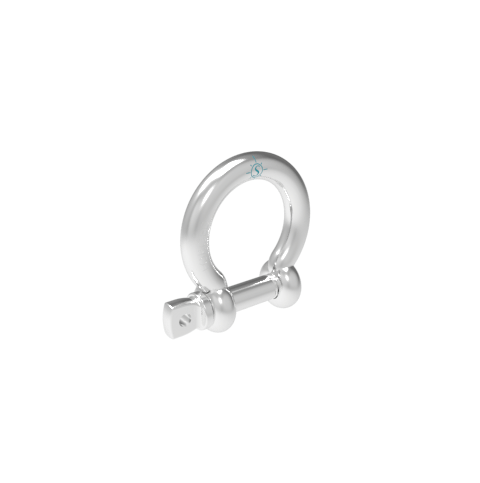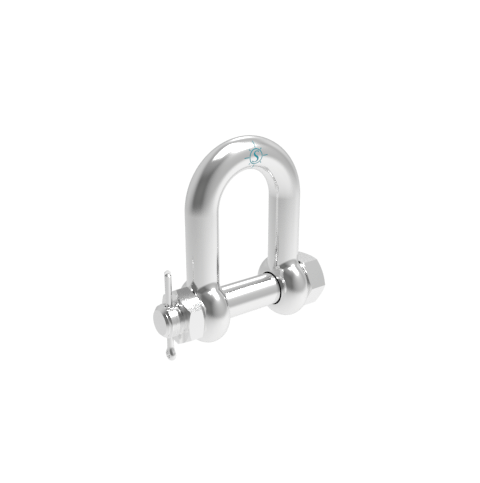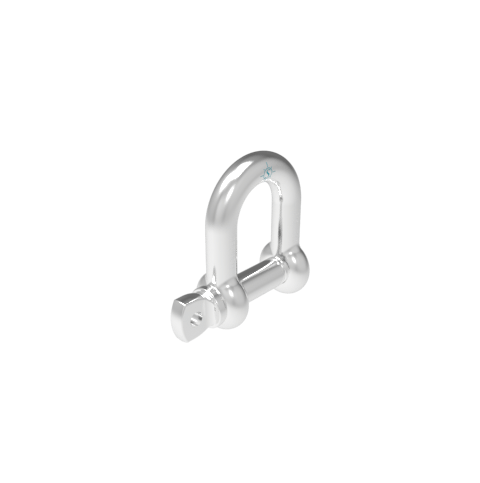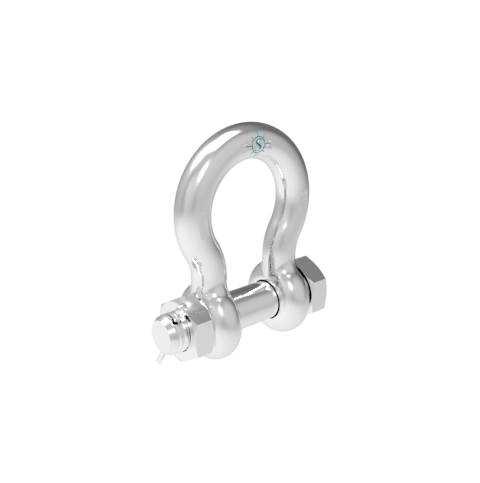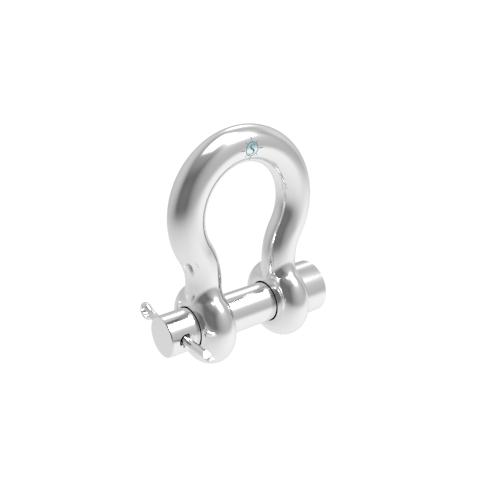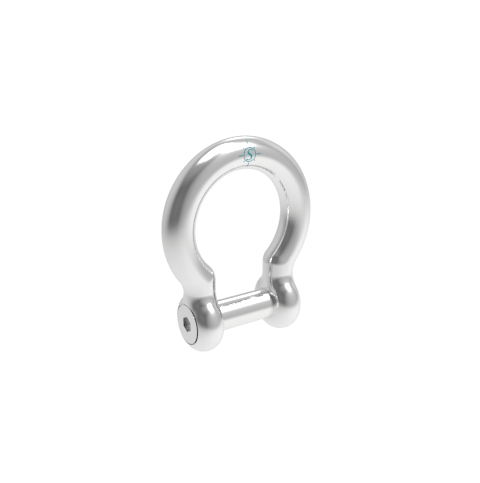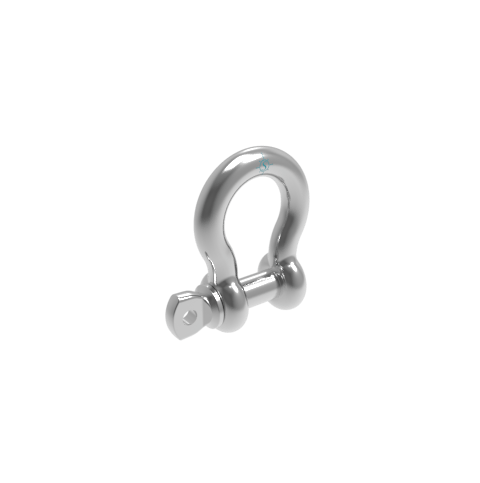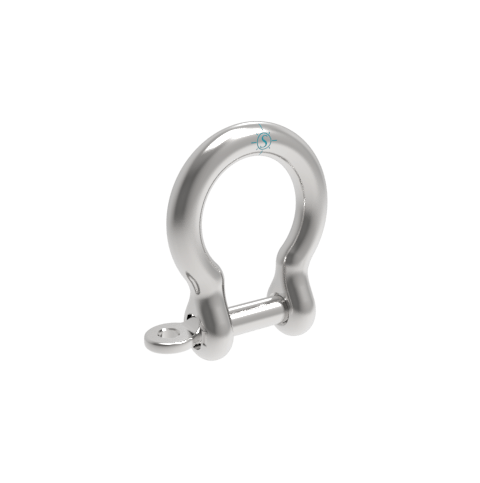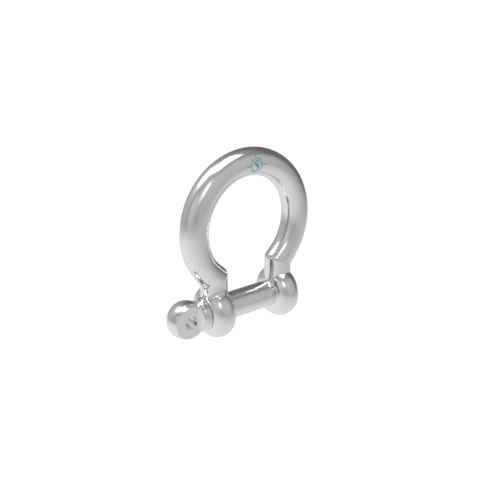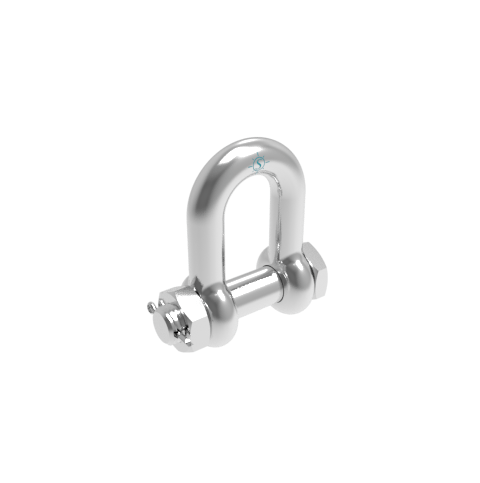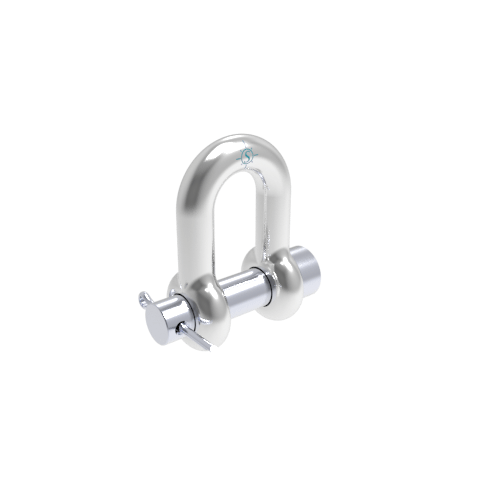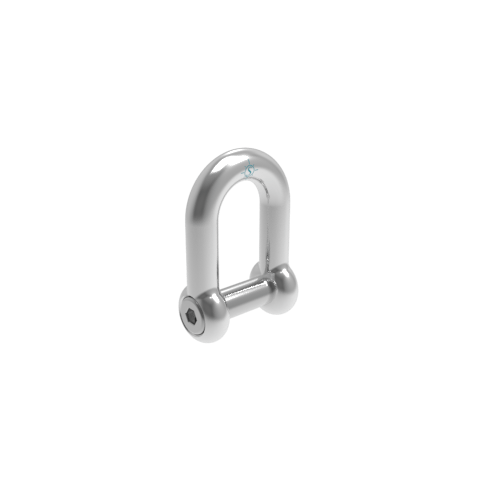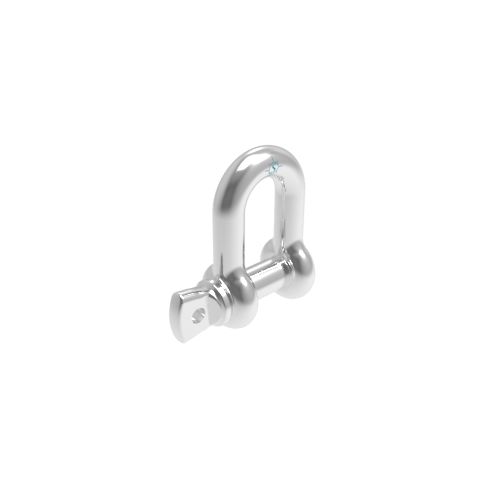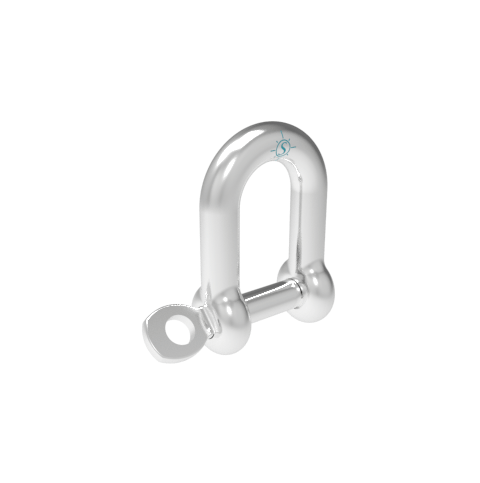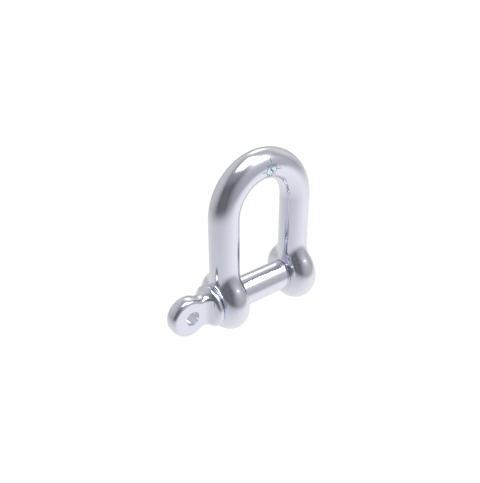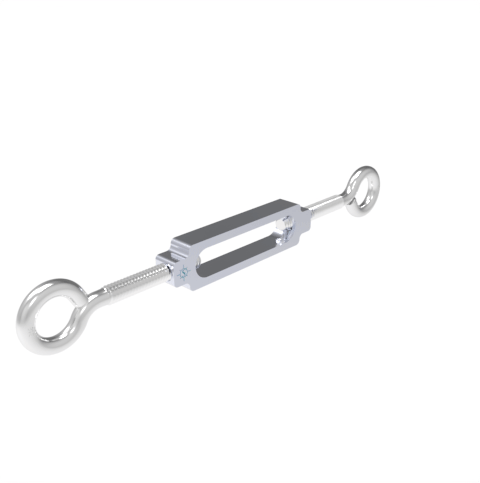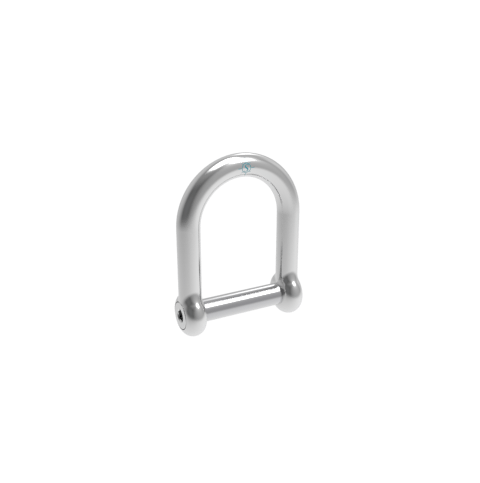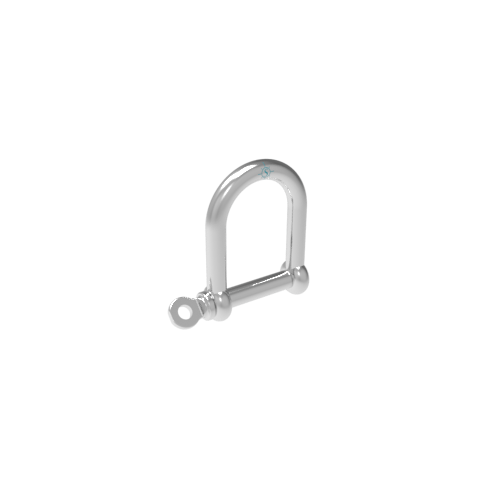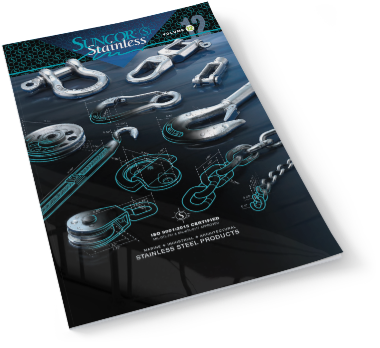There are 5 primary elements in stainless steel. Chromium, nickle, molybdenum, carbon and iron. Below, we review each element and what they contribute to stainless steel.
Chromium (Cr) combines with oxygen to generate a protective oxide layer. Chromium is one of four elements that consistently align in a regular pattern when subjected to oxygen. Lack of oxygen, such as prolonged submersion will act to break down the uniform oxide layer and allow corrosives to enter and attach to the iron and carbon underneath.
Nickel (Ni) has an exceptionally low rate of oxidation, and, like chromium, is one of four elements that consistently align in a regular pattern. Nickel is less susceptible to acids and highly corrosive compounds then chromium and it has a cathode property that neutralizes the protective layer of stainless steel.
Molybdenum makes the steel more resistant to pitting and crevice corrosion in chloride-contaminated media and sea water. Molybdenum is a very tough element and has the sixth highest melting point of any element. Molybdenum acts by creating a tight weave or lattice with the chromium which creates a tighter seal against elements penetrating the oxide layer and prevents iron atoms from raising to the metal’s surface under heat.
Iron (Fe) typically accounts for 64 to 74% of stainless steel.
Carbon (C) is usually below 0.08% of stainless steel, making stainless steel a low carbon product. Low carbon metals are softer and wear easier, but the higher the carbon content, the more susceptible a metal is to corrosion.
